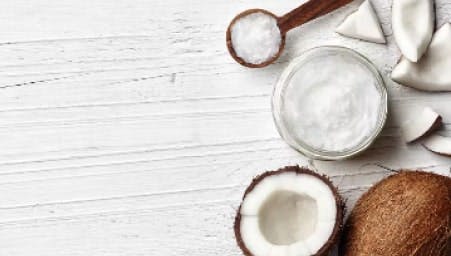Women’s hormones can seem like a minefield — well, that’s because they are! So let’s run through the different types, what they do, signs they’re out of balance, and how to test them.
Oestrogen
Oestrogens are actually a group of hormones. The three main types of oestrogen are:
- Oestrone (E1) — the major oestrogen after the menopause
- Oestradiol (E2) — the major oestrogen in women
- Oestriol (E3) — the major oestrogen during pregnancy
When people talk about oestrogen, it’s usually oestradiol they’re referring to. Oestradiol is the main type of oestrogen you produce (unless you’re pregnant or menopausal). It’s essential for puberty, ovulation, conception, and pregnancy. It also protects you against bone loss and helps regulate your cholesterol levels.
Progesterone
Progesterone is one of the main female sex hormones that’s produced by your ovaries. Your progesterone levels increase when you ovulate. This causes the lining of your uterus to thicken — where a fertilised egg can implant itself.
If this happens, your progesterone levels remain high to maintain your uterine lining during pregnancy. If this doesn’t happen, your progesterone levels drop and you start to shed the lining of your uterus — your period starts.
Testosterone
While testosterone is usually considered a “male” hormone, it’s essential for women too (you just produce it in much lower amounts). It helps control your sex drive, hormones that affect your period, and reproduction. It also plays a role in red blood cell production and muscle and bone strength.
Follicle-stimulating hormone
Follicle-stimulating hormone (FSH) is a hormone produced by your pituitary gland. FSH stimulates your ovaries to produce oestradiol. FSH and oestradiol work together to grow and develop the eggs in your ovaries — so when you ovulate the egg is ready to be fertilised by sperm.
Luteinising hormone
Luteinising hormone (LH) is a hormone produced by your pituitary gland. A spike in your LH levels mid-way through your cycle helps trigger ovulation. It also helps with the production of oestradiol and progesterone.
Prolactin
Prolactin (PRL) is a hormone produced by your pituitary gland. It's mainly associated with breastfeeding as it helps with milk production. But it's also important for your reproductive health.
Signs of hormonal imbalances
Your hormones don’t just change on a monthly basis, they also change daily. And they’re hugely affected by your lifestyle — like how stressed you are and the type of diet you eat.
Everyone is unique and what’s normal for one woman might be abnormal for another. Common signs that your hormones might be imbalanced include:
- irregular or absent periods
- oily skin and acne
- excess body hair
- mood swings
- anxiety or depression
- low energy levels
- sleep problems
- hot flashes and night sweats
- low sex drive (libido)
- pain during sex
- trouble getting pregnant
How to test your hormones
If you think your hormones might be out of balance you can check your levels with a blood test.
This might help identify things like why you’re having trouble getting pregnant if you’re ovulating, if you’re menopausal, or if you might be suffering from polycystic ovary syndrome (PCOS).
Depending on what you’re testing, the timing of when you need to do your test will vary:
- Most female hormone tests are done on day 3 of your period — this is when your hormone levels can be most accurately interpreted.
- A progesterone “ovulation” test needs to be done 7 days before you start your period.
- A menopause test can be done at any time if your periods have stopped. But you might need to do the test twice, 4-6 weeks apart for it to suggest that you’re menopausal.
















